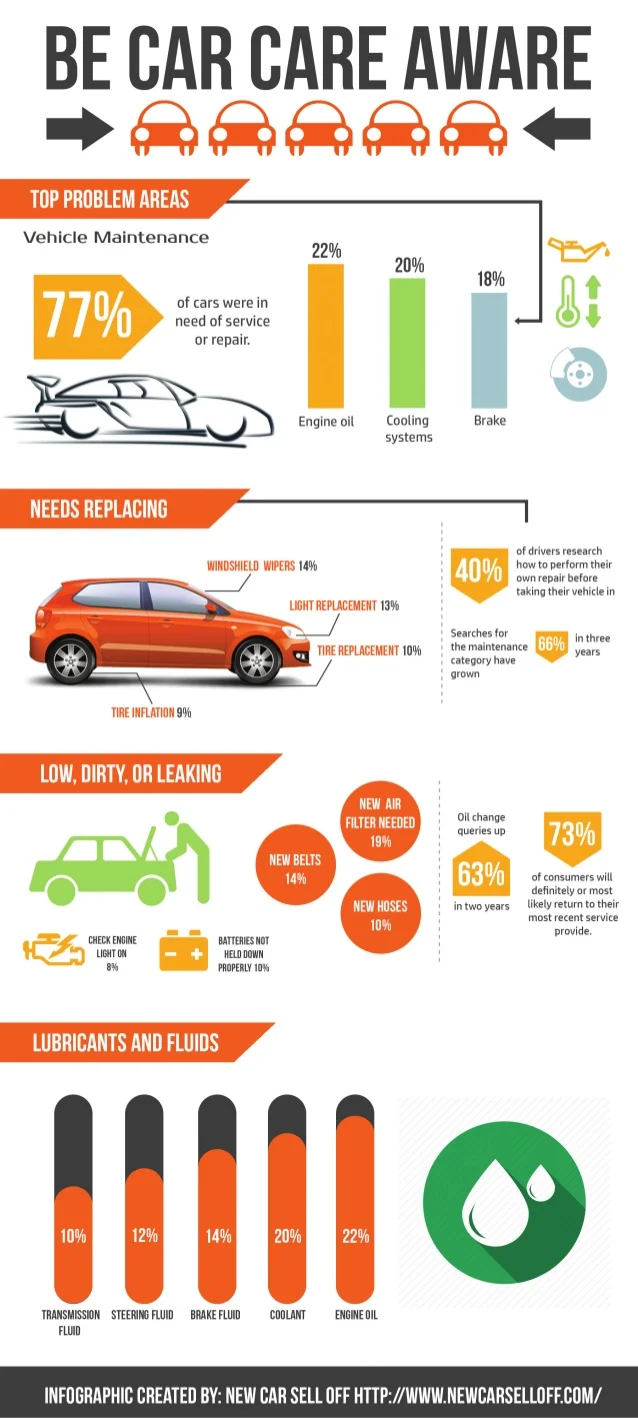Understanding Your Car'S Warning Lighting: What Do They Really Mean?
Understanding Your Car'S Warning Lighting: What Do They Really Mean?
Blog Article
Web Content By-Boye Torres
When you lag the wheel, those glowing caution lights on your dashboard can be a little bit perplexing. Do you recognize what they're trying to inform you regarding your auto's health and wellness? Comprehending the relevance of these lights is essential for your security and the long life of your car. So, the following time one of those lights appears, wouldn't you want to decipher its message precisely and take the necessary steps to resolve it?
Common Caution Lights and Interpretations
Determine common warning lights in your vehicle and comprehend their significances to ensure safe driving.
The most normal caution lights consist of the check engine light, which signals issues with the engine or exhausts system. If this light comes on, it's vital to have your automobile checked immediately.
The oil stress cautioning light indicates reduced oil stress, requiring prompt focus to stop engine damage.
A blinking battery light may recommend a damaged billing system, potentially leaving you stranded otherwise resolved.
The tire stress surveillance system (TPMS) light signals you to low tire pressure, influencing automobile security and gas efficiency. Disregarding this could bring about unsafe driving conditions.
The ABS light suggests an issue with the anti-lock stopping system, compromising your ability to quit promptly in emergencies.
Last but not least, the coolant temperature alerting light warns of engine overheating, which can cause serious damages if not fixed quickly.
Understanding these typical caution lights will assist you attend to problems promptly and keep safe driving problems.
Importance of Prompt Attention
Comprehending the typical warning lights in your cars and truck is just the primary step; the significance of immediately dealing with these warnings can't be stressed enough to ensure your safety on the road.
When a caution light brightens on your dashboard, it's your vehicle's way of connecting a potential concern that needs focus. Ignoring these cautions can cause more serious issues in the future, jeopardizing your safety and security and possibly costing you a lot more in repairs.
Motivate focus to cautioning lights can avoid failures and accidents. As an example, a blinking check engine light can indicate a misfire that, if left ignored, might cause damages to the catalytic converter. Resolving this promptly can conserve you from an expensive repair work.
Similarly, a brake system warning light could indicate low brake liquid or used brake pads, critical elements for your security when driving.
Do It Yourself Troubleshooting Tips
If you discover a caution light on your control panel, there are a few DIY repairing tips you can attempt before seeking expert assistance.
The initial step is to consult your automobile's guidebook to comprehend what the specific warning light suggests. Sometimes infamousdetailing can be as easy as a loosened gas cap triggering the check engine light. Tightening up the gas cap may deal with the problem.
One more common concern is a reduced battery, which can trigger different warning lights. Checking the battery connections for deterioration and ensuring they're protected may fix the trouble.
If a warning light persists, you can attempt resetting it by separating the auto's battery for a couple of minutes and after that reconnecting it. In addition, inspecting your automobile's fluid levels, such as oil, coolant, and brake liquid, can aid troubleshoot advising lights associated with these systems.
Final thought
In conclusion, recognizing your cars and truck's caution lights is essential for maintaining your automobile running efficiently and safely. By quickly resolving view it now and understanding what they suggest, you can prevent expensive repairs and possible failures.
Keep in mind to consult your vehicle's guidebook for specific details on each warning light and act accordingly to guarantee a trouble-free driving experience.
Keep educated, remain secure when driving!
